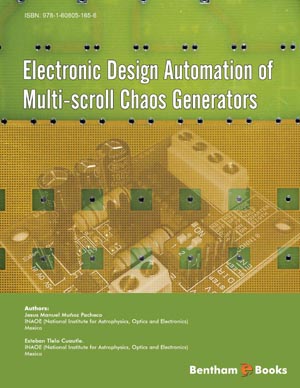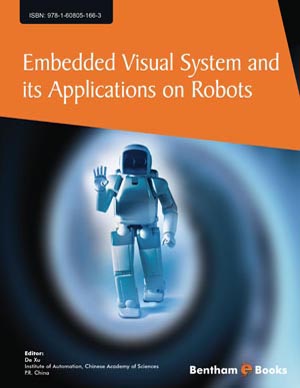Abstract
The goal of this book consists in the improvement of the EDA process for chaotic systems by means of the definition, development, and demonstration of an automatic synthesis methodology, which helps to reduce the design complexity for this class of systems and allows exploiting the possibilities of chaotic systems in future applications (e.g. chaos-based information systems). For this, it is necessary to properly define the level of abstraction used in the proposed synthesis approach to take full advantage of behavioural modelling as reviewed in the previous chapter. Therefore, the chaotic systems are modelled herein at the highest level of abstraction (ESL), by applying state variables approach and PWL approximations. In particular, the following chaotic systems are considered: Chua’s circuit, Generalized Chua’s circuit and a chaotic oscillator implemented using saturated functions. Further, time-efficient evaluation of chaotic behaviour, via numerical simulation, is presented by using multistep algorithms, from which chaotic dynamical behaviours and basic dynamical properties can be explored. The simulation is executed by automatic determination and control of step-size based on calculating the minimum eigenvalue of the state variables. Regarding to circuit implementation it is necessary to consider the real limitations of the electronic devices, therefore, two procedures (excursion levels scaling and frequency scaling) to modify the behaviour of chaotic systems are also introduced. Furthermore, by applying state variables and PWL approximations one can also simulate 2D and 3D scrolls attractors as shown in this chapter.
Keywords: Chaos, electronic design automation, dynamical systems, chaos generators, modelling and simulation.






